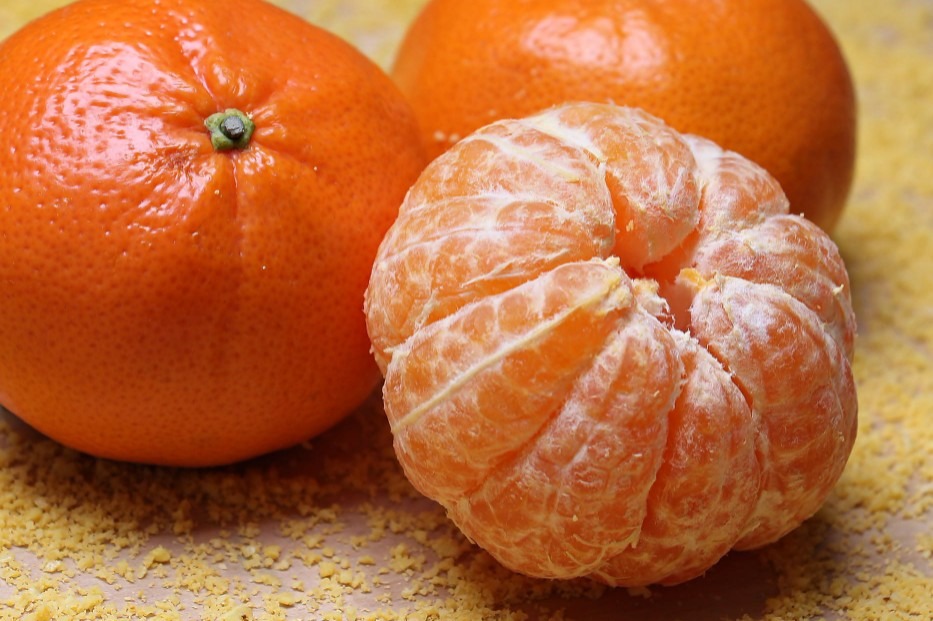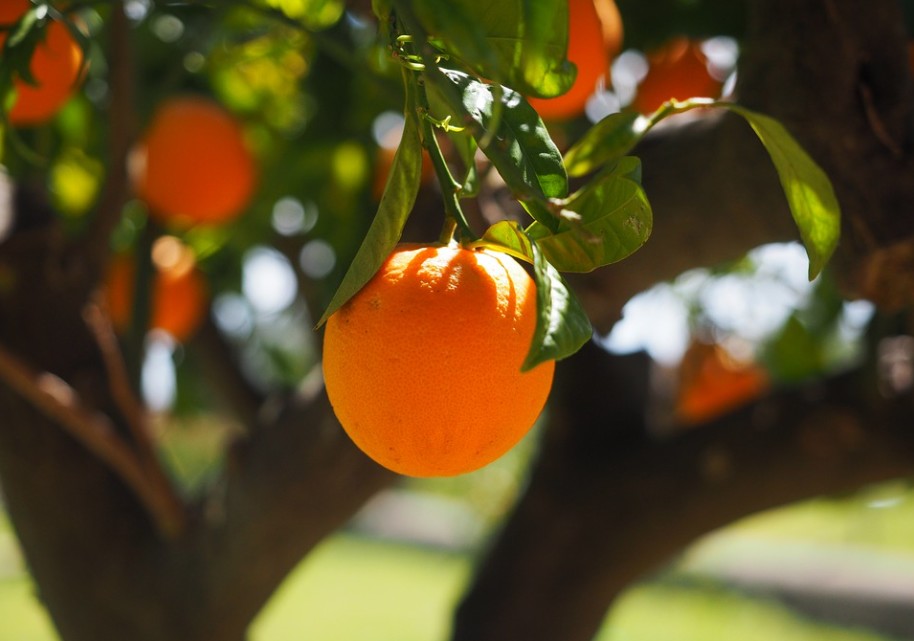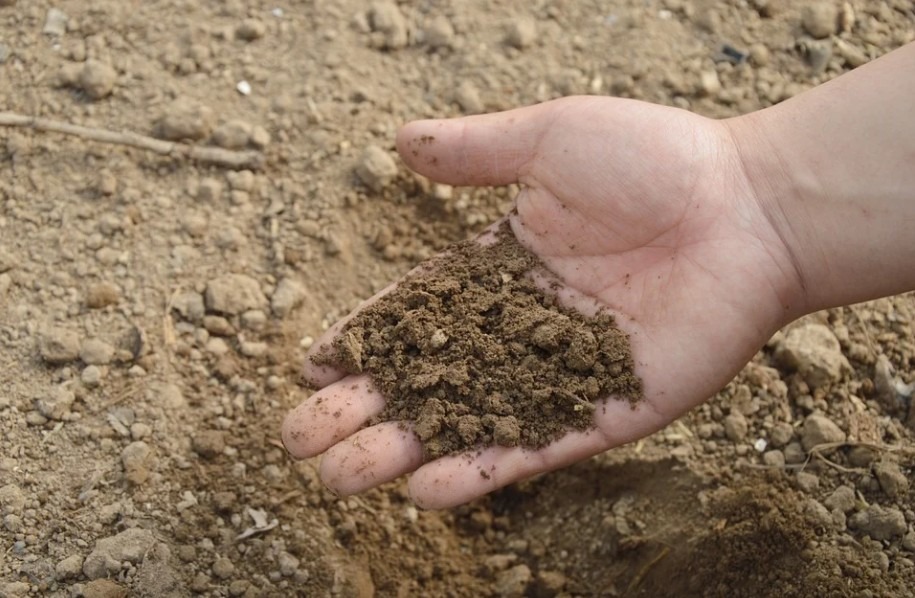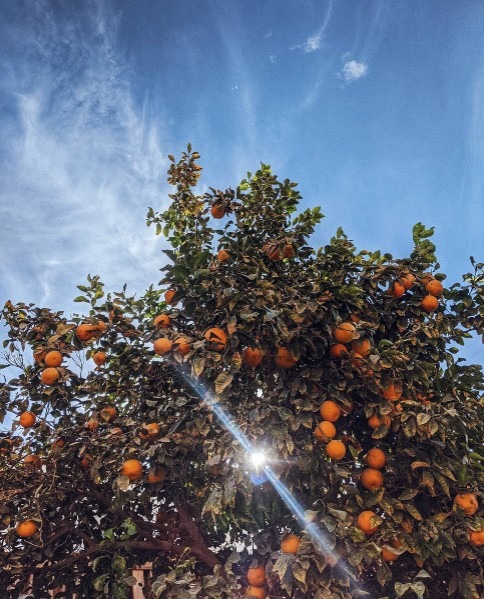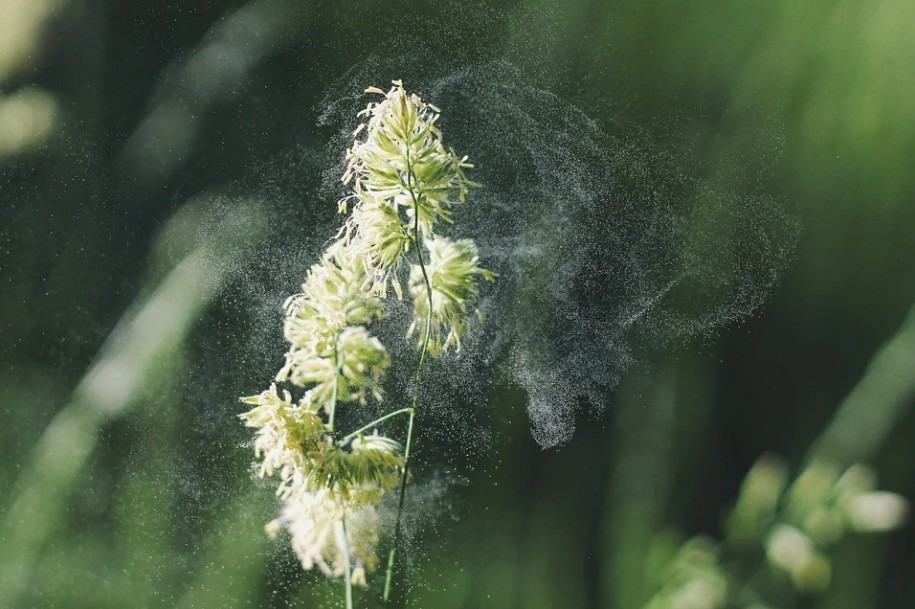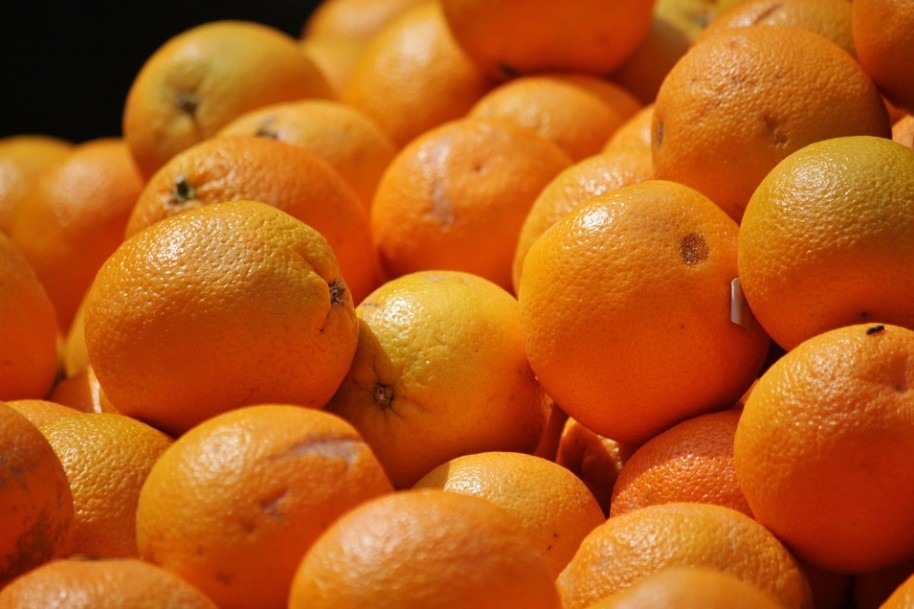The orange tree belongs to a species of small trees that fall under the genus citrus category in the Rutaceae family. As the name gives it away, orange trees produce the “orange” fruit. The orange fruit has a leathery touch on the outside, and its rinds are often oily as well. The inner (edible) part of the orange is very juicy and soft. Oranges tend to have a sweet flavor to them, but the main characteristic of the fruit depends on the variety of the orange you taste; there are numerous different types of oranges in the world.
Different countries produce different oranges; these differences are mainly due to a different variety of orange trees being planted in different soils in different parts of the world. The average lifespan of an orange tree is anywhere between fifty and sixty years, but some well-cared trees even live up to a hundred years.
Today we will talk about the total amount of oranges an orange tree produces, but we need to get the basics out of the way first.
How Old Does an Orange Tree Need to be to Produce oranges?
Growing an orange tree and waiting for it to produce orange can require a lot of patience. The initial sowing and growing processes of an orange tree are pretty challenging. An orange tree needs to be planted in the same soil for a minimum of three to four years on average before producing fruit.
Some orange trees might fruit quicker than the average three to four years, but most farmers remove those fruits at the initial stages to promote optimal plant growth by not using its energy in growing the fruit.
Factors Affecting the Number of Oranges Produced by an Orange Tree
The Season
The leaves of the orange tree remain green throughout the year, but it does not fruit throughout the year, or at least it didn’t until recent years. Agricultural scientists have modified the orange tree over the years so that it can fruit throughout the year no matter what season it is. This modification has not yet reached all over the world, and the majority of oranges produced in the world are still produced during a specific season.
The winter season is when oranges have traditionally been harvested throughout the years. The fruiting cycle varies for different orange trees, with some oranges even taking ten months to fruit completely. Most farmers worldwide still prefer growing traditional orange trees as they believe that the modified tree’s fruit isn’t as genuine and flavorful compared to the traditional ones.
The winter season is still the season for harvesting oranges in the majority of the places worldwide.
Fertilizer
Fertilizer plays a crucial role in the growth and fruiting of orange trees. Fruiting drains a lot of energy from the tree, and only healthy trees bear fruit. To overcome this problem, the addition of top-quality fertilizer to the soil is a critical step in orange production.
The amount of fertilizer added to the soil needs to be checked thoroughly as excessive fertilizer can delay the fruiting process. Farmers around the globe use fertilizer to their benefit and increase the total production of oranges per year with its help.
Age of the Tree
As mentioned before, an orange tree needs to be at least three to four years old for optimal fruiting. Different orange trees will produce different amounts of oranges at different ages throughout their life.
Navel orange trees will produce ten to fifteen pounds of oranges as soon as they start fruiting in their early third year. Yet, the same navel orange trees will produce up to a total of one hundred and fifty pounds of oranges once they completely mature near the age of 10.
Pollination
Orange trees, unlike most plants that use insects like bees to pollinate, self-pollinate, due to which there is no need to plant other types of plants near them for pollination.
In some cases, trees do not self-pollinate well enough, which leads to lesser fruiting; due to this risk, some farmers shake the trees by hand or motor to maximize self-pollination. If pollination is at maximum potential, fruiting will be at maximum potential as well.
Two types of orange trees, known as Tangelo and Tangor, do not self-pollinate and are an exception to this factor.
Alternate bearing
Most fruit trees produce a hefty amount of produce one year and will have a very low amount of produce the following year. This alternating phenomenon is known as alternate bearing, and no one knows the exact answer to this confusing phenomenon.
Famers overcome this issue by cutting the fruit to a manageable load and harvesting it whenever it is ready. Alternate bearing is a significant altering factor to the total number of oranges produced by an orange tree as the numbers could be very different comparing two consecutive years.
Total Yield of an Orange Tree
A well-kept and healthy orange tree can produce anywhere between 200-600 oranges per harvest. All of the factors affecting the total number of oranges produced will alter this number accordingly.
The overall average number of oranges produced by an orange tree in one harvest is about 350.
If a farmer plants a hectare full of orange trees and there are four hundred trees in that land, the total weight of oranges produced per hectare would be between 40-50 tons.
Conclusion
Oranges are so soft and tender on the inside, dripping with juices and sweetness. Who knew there was so much that goes into the citrusy delight we eat. The uses of an orange are endless, eat it as it is, make orange juice, put it in a dish, or use the orange skin as orange zest for other dishes; an orange really gives you everything. Oranges pack a good dose of vitamin C and are essential sources of food all over the globe.
Growing an orange tree is not a difficult task in any manner. The tricky part is to get it to produce oranges of good quality and quantity. It requires a fair bit of commitment and care to tend to this process, so go ahead; why don’t you give it a shot and plant an orange tree in your back garden?
If you’ve read through, you should have the basic idea of the quantity in which orange trees produce fruit, but in order to plant hundreds of orange trees, you need huge farmland. To learn more about enormous farms, click on the link, largest farms of the world, and enhance your knowledge on farms.

